Animals have the amazing ability to survive even the harshest of circumstances.
Some animals hibernate (go into a deep sleep) so they can survive throughout the cold season when the weather is freezing and the food is scarce. Hibernation truly is a clever survival mechanism. Here is a list of 10 animals that hibernate.
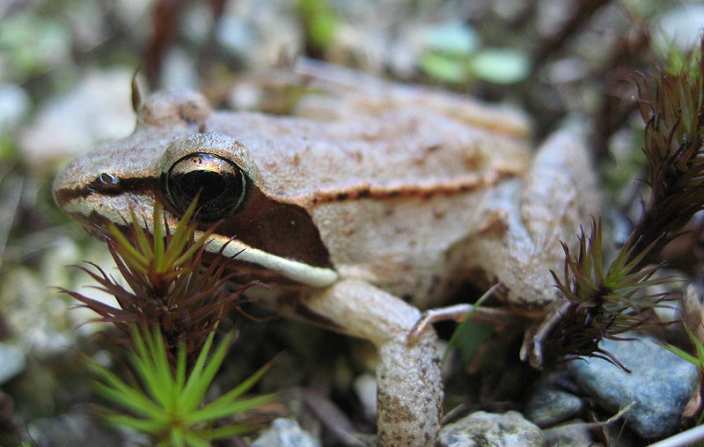
10. Wood Frogs
If you saw a frozen frog that had ice crystals on it, that wasn’t breathing and didn’t have a heartbeat, you would probably think it was dead. If it was a wood frog, it would most likely be in hibernation.
Wood frogs hibernate inside logs or burrows or under rocks or leaf piles. During the cold of winter, when in hibernation, they actually stop breathing, their heart stops and ice crystals form in their blood. When the weather warms, they defrost, and their lungs and heart go back into action. Pretty amazing!
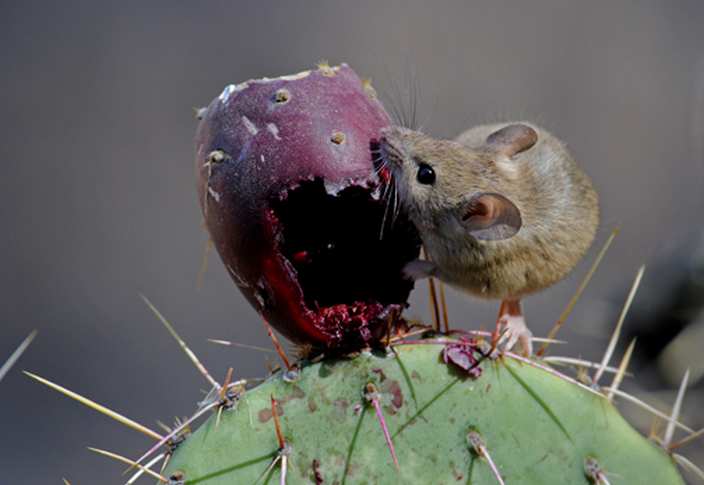
9. Deer Mice
Deer mice have short lives and short torpor (light hibernation) periods. During cold weather, they torpor from morning to late afternoon bundled up with their buddies and then spend the night searching for food. Between their daily torpor and the shared heat from snuggling up together, deer mice are able to save valuable amounts of energy.
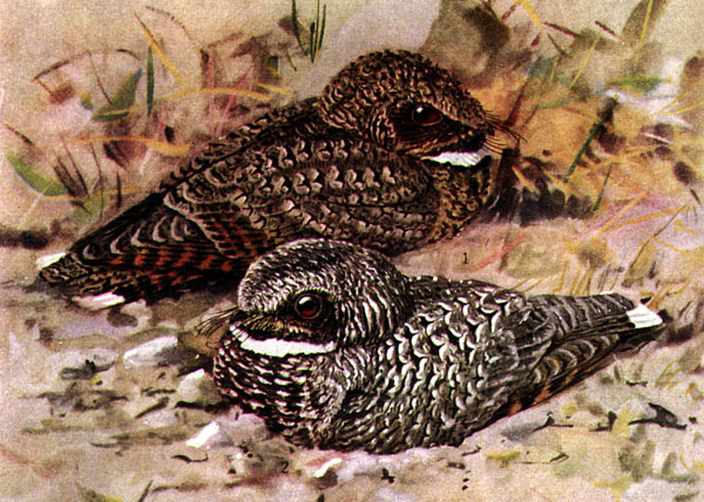
8. Common Poorwills
Common poorwills are the only species of bird that go into true hibernation. A handful of other bird species go into torpor (light hibernation). Common poorwills hibernate when the temperatures get really cold, really hot or when food is scare. When necessary, they can even hibernate while incubating their eggs. That’s one way to pass the time, while waiting for the chicks to hatch!
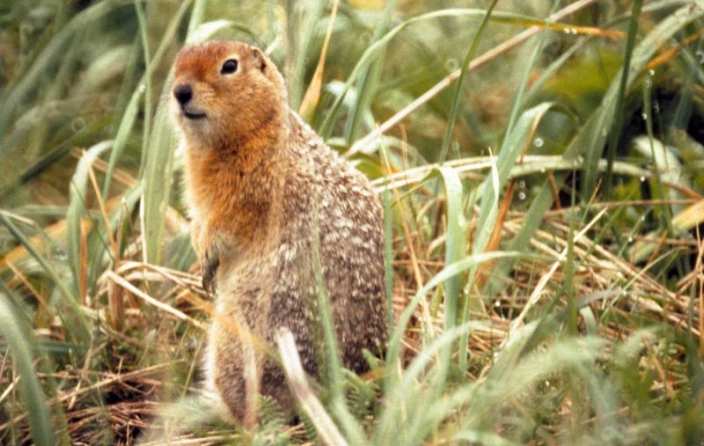
7. Ground Squirrels
Most types of ground squirrels hibernate and some do so for nine months a year. They also torpor (light hibernation) during other times of the year for a few days at a time. Ground squirrels have great hibernation spaces. They dig elaborate underground tunnels with different rooms for food storage, sleep and elimination (yes, they have bathrooms).
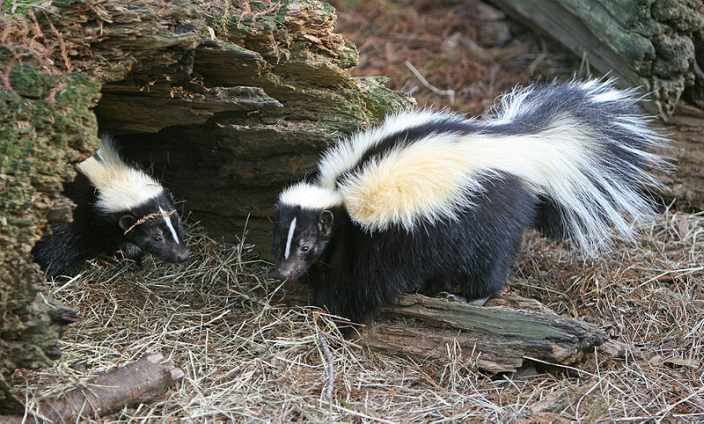
6. Skunks
During the cold winter months, skunks get comfy in their dens and torpor (light hibernation) in the company of their close family. During their few month torpor, they occasionally wake up and come out to scrounge up something to eat.
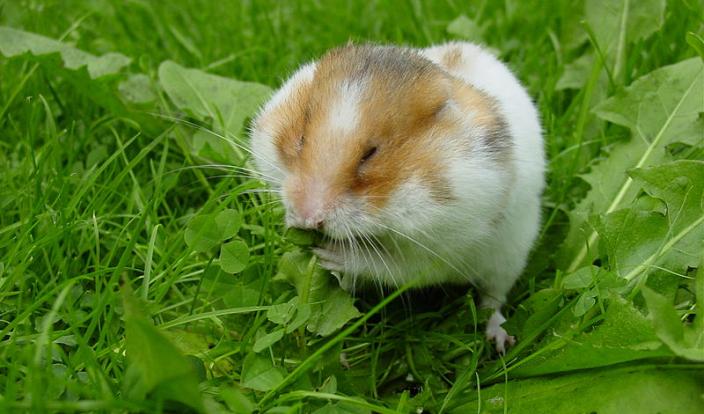
5. Hamsters
Many a loving pet owner have cried out in dismay when they found their hamsters dead, only to learn they were actually in torpor (a light hibernation). Once those hamsters were rustled about, they probably awoke pretty grouchy and scared. Hamsters hate being awoken from this state. In addition, the sudden disturbance can cause a heart attack, literally scaring them to death.
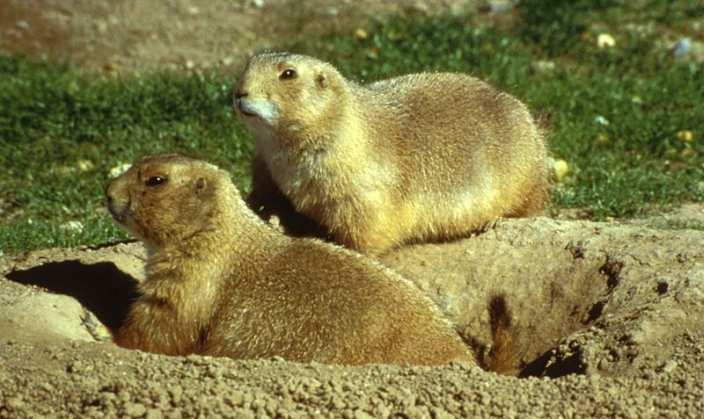
4. Prairie Dogs
Prairie dogs aren’t really dogs; they’re actually rodents, but they do bark kind of like dogs. They also are really good at surviving cold weather. Depending on the species of prairie dog and the area it lives in, it either hibernates or goes into torpor. White-tailed prairie dogs hibernate through the winter. Black-tailed prairie dogs go into torpor for a few days at a time, and only hibernate on rare occasions during extreme cold weather conditions.
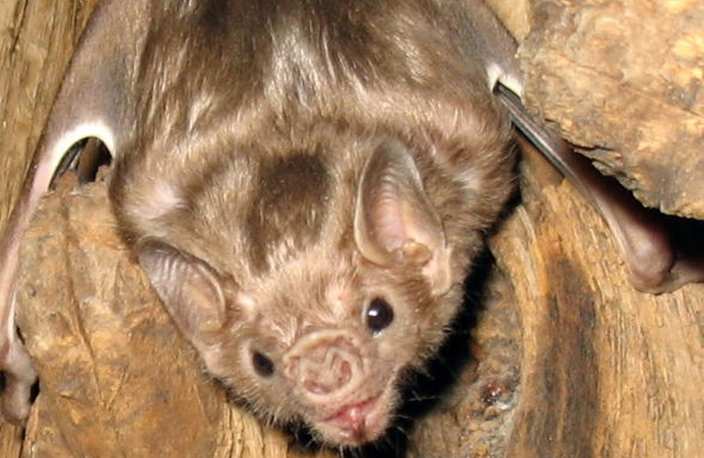
3. Bats
Bats are interesting for so many reasons. They’re the only true flying mammals, they navigate using echolocation, have been around since the dinosaur days and they hibernate. Bats go into a true hibernation, meaning they are in such a deep sleep that they may appear to be dead. During hibernation, a bat’s heart rate drops from 400 to 25 beats per minute, and its breathing slows so much that it might not take a breath for up to an hour.
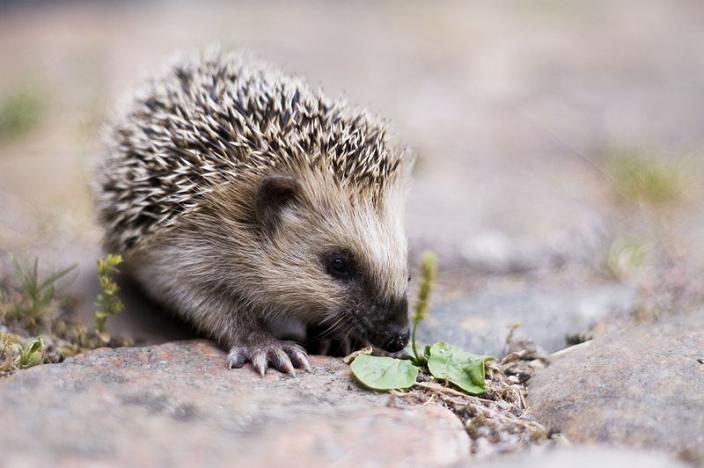
2. Hedgehogs
Hedgehogs hibernate anywhere from a few weeks to six months, depending on the weather. During hibernation, their heart rate drops almost 90 percent. They wake briefly if their body temperatures drop too low and let their waking heart rate warm their bodies up before going back into hibernation.
Hedgehogs also go into estivation when the weather is really hot. Estivation is like hibernation, except for it takes place during hot weather, instead of cold weather. When the weather is scorching hot, who can blame a hedgehog for passing out for a while?
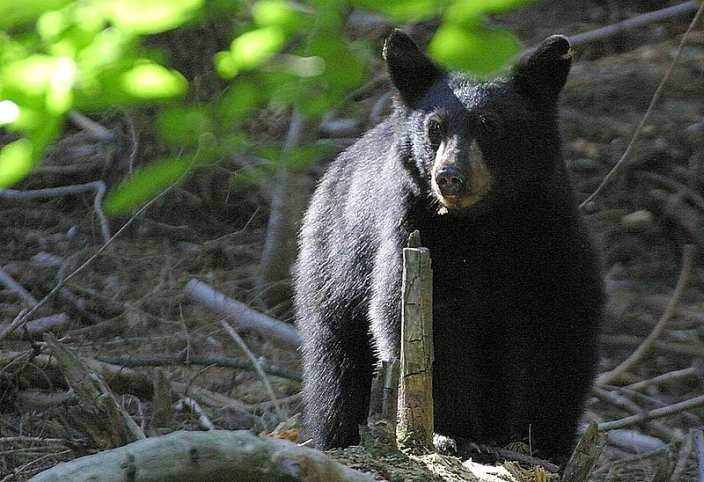
1. Bears
When people think of animals that hibernate, bears are often the first animals they think about. Ironically, bears aren’t true hibernators. They are more like light hibernators. Instead of hibernating, bears go into what is called a torpor. The main difference between a torpor and a hibernation is that during a torpor the animal is easily awoken. So tread lightly near that bear’s den; it will wake up.
Bears go into a torpor during the winter months only if they live in cold areas. During their torpor, they don’t eat or drink for about 6 months on average and they rarely urinate or defecate.
This list of animals that hibernate isn’t an all-inclusive list; there are many more animals that hibernate or topor. But, we have highlighted some of the most interesting hibernators.









11 Responses
0
2.5
0.5
3.5
5
4.5
1
4
1.5
3
2